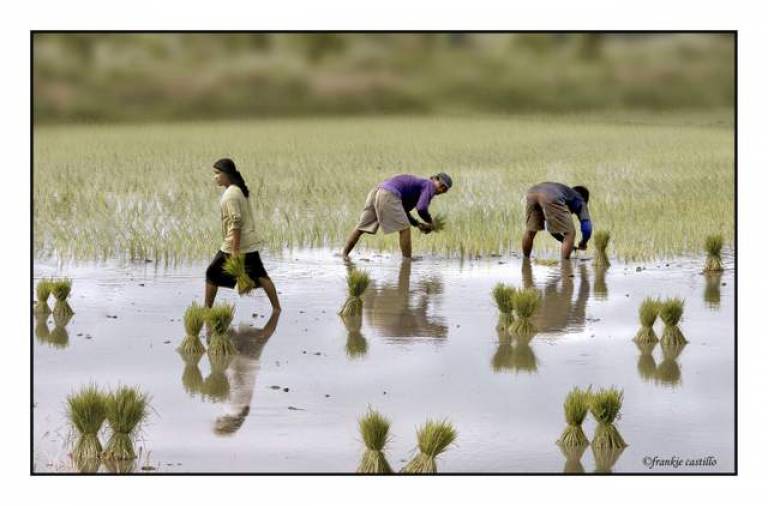Early rice cultivation systems and their impact on social evolution and the environment
15-17 September 2015. UCL, Institute of Archaeology, Room 612
Speakers . . . Program . . . Abstracts... local information (getting around)
This meeting will address the impact of early rice cultivation, and other agricultural systems, on the evolution of human societies in South, Southeast and East Asia as well as the implications of early rice agriculture for regional and global environmental change. The spread and development of rice agriculture has important implications for the genetic history of rice diversity, the hypothesis of early anthropogenic sources of greenhouse gases, and the emergence of sedentism and higher population densities across the regions of Monsoon Asia. The symposium will include invited archaeologists, archaeobotanists, rice geneticists and palaeoecologists, as well as having presentations of the results and conclusions from the UCL Early Rice project, and related research from the ERC Comparative Pathways to Agriculture Project.

Some key questions to be addressed include:
(1) How reliably can we differentiate wet (irrigated or flooded) versus dry (rainfed) cultivation systems from archaeobotanical remains, including macro-remains or phytoliths?
(2) What was the ecology of the earliest rice cultivated in different regions and can we now infer when key transitions from dry to wet or wet to dry took place?
(3) What was the importance of rice agriculture compared to other subsistence systems (other cereals, vegeculture, fauna) and how did the varied emphasis of rice impact on human population growth or social complexity in different regions. For example, how important was rice to millet farmers of northern China or in the Indus region?
(4) Did the rise of urbanism in most regions require wet rice farming?
(5) Does our updated rice archaeological database change/improve our models for how rice spread? When and where did hybridizations between lineages occur and what was the extent of wet rice cultivation systems in the past?
(6) How should we integrate archaeology and rice archaeobotany with current geneticevidence from rice?
(7) How should we integrate archaeology and rice archaeobotany with current palaeoenvironmental datasets to better assess the "early anthropocene"?
RECENT READINGS (relevant to symposium discussions)
 Close
Close

